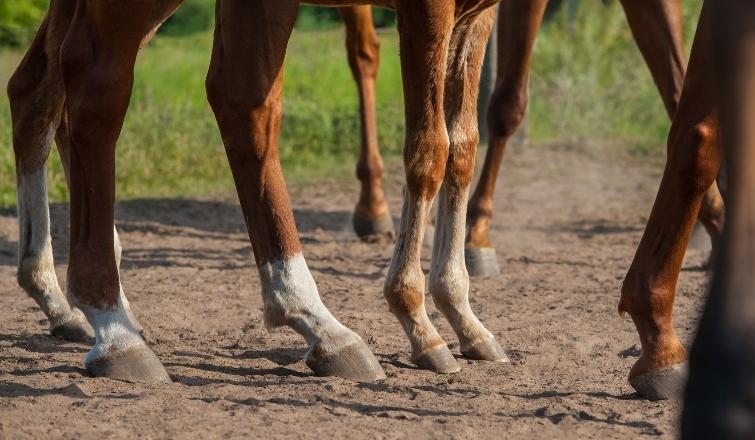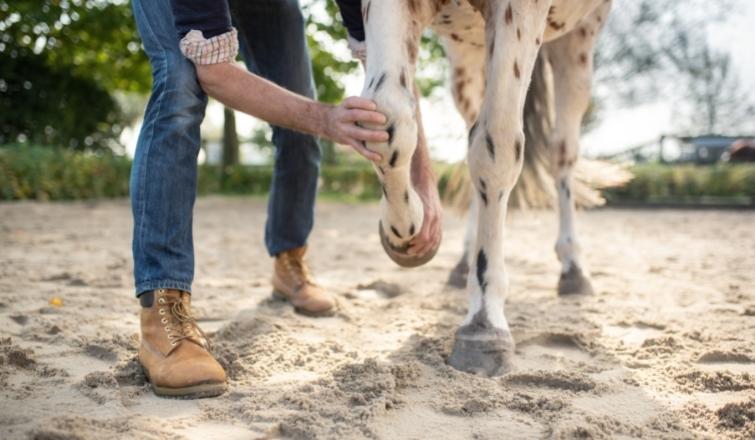
Spring Thrush Prevention & Treatment
You know what they say: April showers bring May flowers! Unfortunately, with the spring showers comes a serious problem for equestrians: mud. When the conditions around the property are exceptionally wet, horses face an increased risk of developing thrush. Today, we’re breaking down how to avoid spring thrush at the stables.
What is Thrush?
Thrush occurs when the frog tissue develops a bacterial infection. It can be characterized by a strong odor, black discharge from the area, and noticeable pain when applying pressure to the foot.
Continuous exposure to wet conditions places your horses at an increased risk of developing thrush. If left untreated, thrush can potentially cause permanent lameness and other serious issues.
It is best to help your horses avoid thrush at all costs, though in the wet spring months, this may be easier said than done.
Thrush Prevention
Due to the seriousness of the condition, it is best to take all possible steps to help prevent thrush. Some thrush prevention steps include:
- Proper stall management
- Invest in a hoof supplement
- Ensure that horses are not in wet conditions for extended periods of time
- Clean out and dry the hooves after exposure to muddy conditions
- Ensure that horses are up-to-date on tetanus vaccines
- Lay down sand or gravel in pathways around the stables
- Limit turnout time when the conditions in the paddocks or pastures are especially wet or muddy
Thrush Treatment
In the unfortunate case that one or more of the horses in your stables develop thrush, it is best to administer treatment as soon as possible to avoid serious and long-term lameness issues. Be sure to alert your trusted veterinarian at the first sign of thrush, even if you are not completely sure about the diagnosis; it is always better to be safe than sorry.
Thrush treatments for horses include:
- Place the horse in a clean and dry environment as soon as possible
- Thoroughly clean out the hoof – remove all debris
- Soak the hoof in a saline solution
- Pack the hoof with sterile gauze
- Ask your veterinarian about using topical anti-thrush medication (such as Betadine)
Be sure to keep your veterinarian involved with the treatment process from start to finish. Continue to closely monitor the condition until the horse has recovered. Moving forward, it is best to practice preventative and proactive care to help your horses avoid thrush.
Stablebuzz: Best Stable Management Software
With the information you have learned here, you should have a thorough understanding of helping your horses avoid thrush in the springtime – as well as how to treat the condition in the unfortunate case that it develops. Keeping the horses in your stables happy and healthy is an important part of stable management.
When it comes to the administrative management of your stable, Stablebuzz is here to help. Stablebuzz is an intelligent and comprehensive software that is designed to cut your administrative work in half and simplify all aspects of stable management.
For more informative equestrian blog posts, check out our blog.
For more information about Stablebuzz stable management software, click here.



